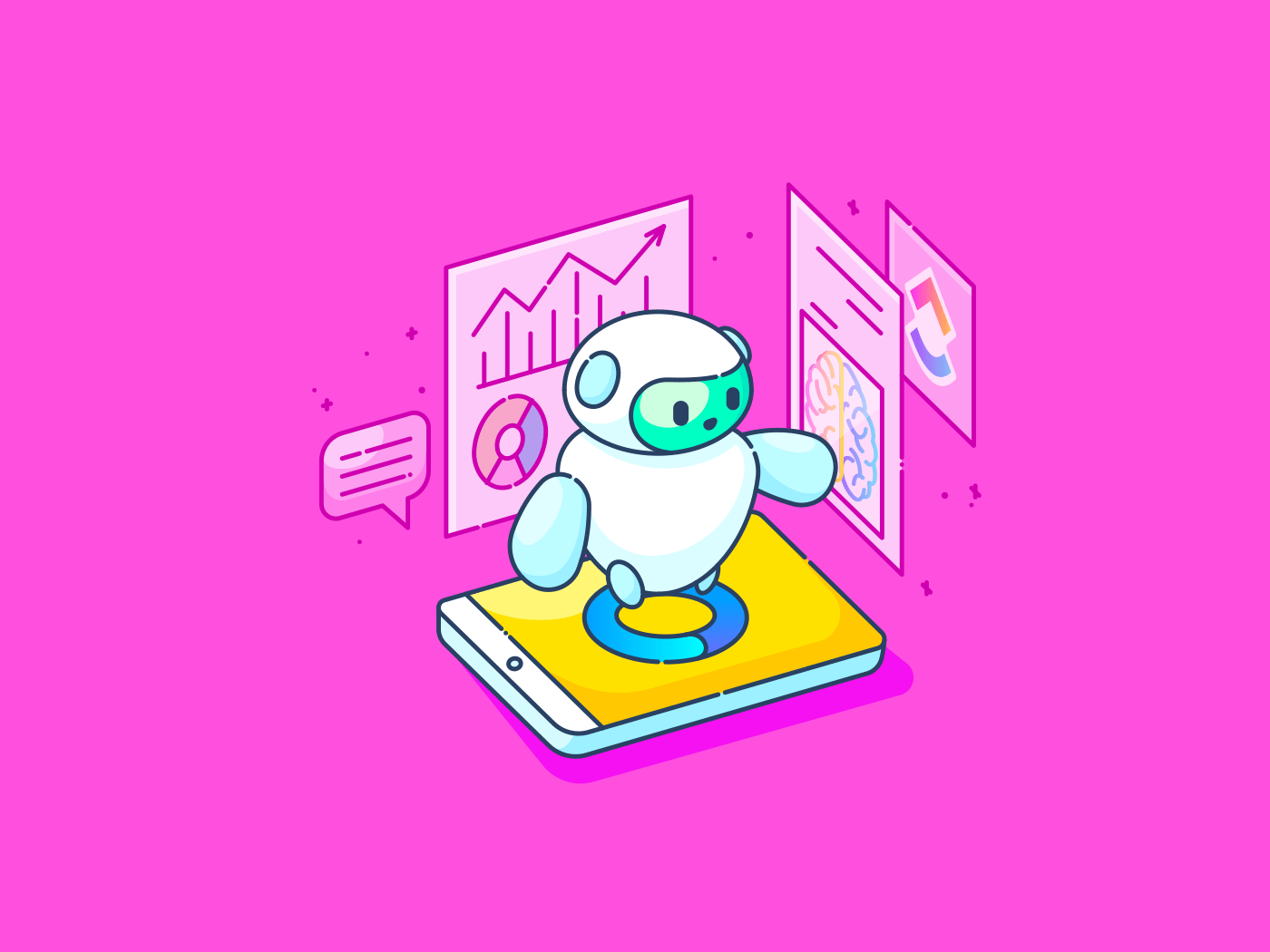The AI conversation remains anchored in job loss, when the real shift is about how tasks are being restructured and reallocated.
Are you still asking the wrong questions?
Automation is accelerating, but it is primarily targeting structured and repeatable tasks, rather than entire roles.
Leaders who frame it as job replacement are missing the real shift in how work is being restructured.
Work Is Getting Unbundled
Every role consists of distinct tasks, some operational, others relational, and many relying on human judgment. AI is streamlining certain aspects of workflows without replacing entire job titles.
A legal assistant continues to provide value, while a model now handles the initial review of contracts. A customer support agent resolves complex issues, while a bot manages the first few minutes of ticket triage.
These are significant changes that reshape how teams prioritize, delegate, and scale.
Target the Work That Slows You Down
Start by evaluating low-complexity administrative work. Scheduling, form processing, and data population are all candidates for automation. These tasks burn time and attention without contributing to strategic value.
Next, address tasks prone to fatigue-based errors, for example:
- In manufacturing, visual inspection can become inconsistent after hours of repetition. Machines excel here, offering safer, more reliable outputs.
- In customer operations, repeated password resets can lead to mistakes. Automation can handle verification and reset, with humans stepping in only for unusual cases.
AI also supports analysis-heavy tasks. It can generate draft reports, extract insights, and summarize complex datasets. This lets teams spend more time deciding what to do, not just compiling information.
The highest return on automation comes from removing the drag on your best people, not removing the need for their roles entirely.
Keep the Human Layer Where It Counts
Some work must remain human-led because it requires a level of context, accountability, and experience that cannot be programmed.
Strategic planning, mentorship, and ethical decision-making sit well outside the scope of automation. These areas define leadership, shape company culture, and build trust with customers and stakeholders.
Data can support these decisions, but they should remain in human hands.
Where to Start
Leaders looking to scale intelligently should begin with a task-level audit. Look for work that is repetitive, rules-based, or at high risk for errors.
They should also encourage participation from their teams to determine actual pain points, rather than make assumptions.
Recent research from Stanford’s WORKBank shows that workers are open to automation when they are involved in deciding what to automate. This reduces resistance, surfaces overlooked opportunities, and ensures the changes improve performance.
Keep people close to the decision-making layer. Design automated flows with an escalation path that leads back to a human. AI can inform those decisions, but it should not make them.
Precision Over Headcount
The real value of AI is in clearing the bottlenecks that hold teams back, so they can move faster with fewer mistakes.
Companies realizing true value focus on automation where it matters most, and they target tasks that create drag and apply automation with purpose.
AI isn’t a trend, it’s a systems lever…design intentionally so what you build absorbs friction and endures.









